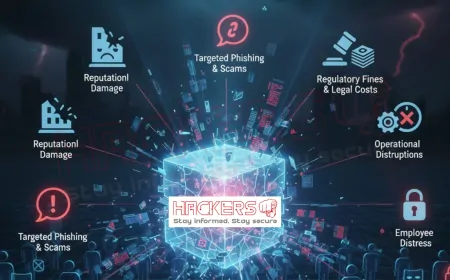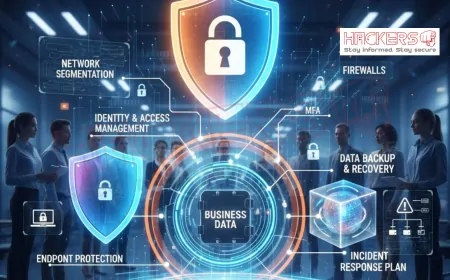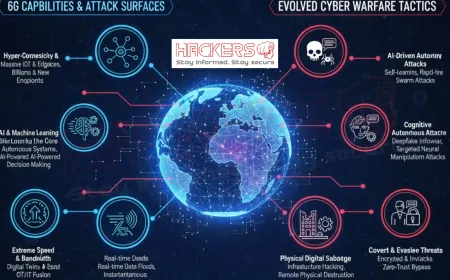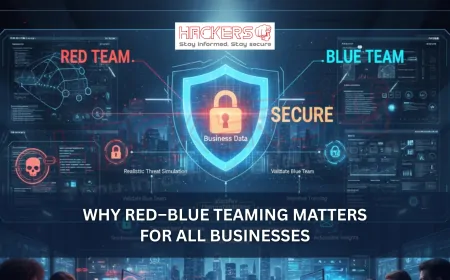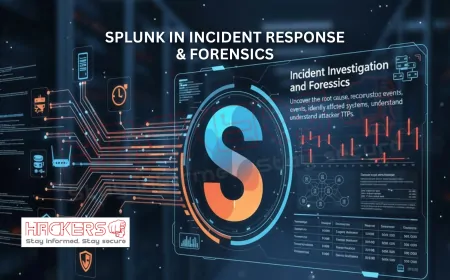How Does Psychology Influence Insider Threat Activities?
Meet Alex. A loyal employee for eight years. Top performer. Trusted with sensitive data. Then one Tuesday, Alex copies customer records to a personal drive and walks out. No alarm. No warning. Just quiet betrayal. The company scrambles. Reputations shatter. Millions vanish. Security logs show nothing suspicious. Because the threat was never external. It was inside. Insider threats are not just about access. They are about people. And people are driven by emotions, beliefs, and hidden pressures. In 2025, psychology is the missing piece in most insider threat programs. This blog dives deep into how the human mind fuels these risks. We will explore real motives, warning signs, and practical ways to protect your organization. No jargon. Just clarity.

Table of Contents
- What Is an Insider Threat?
- The Psychology Basics: Why Good People Do Bad Things
- The Four Main Motives Behind Insider Actions
- Psychological Warning Signs You Can Spot
- How Stress and Burnout Turn Employees
- Cognitive Biases That Enable Risky Behavior
- Real-World Cases: Psychology in Action
- Prevention Through People, Not Just Tech
- The Future of Psychological Insider Defense
- Conclusion
What Is an Insider Threat?
An insider threat is any action by a current or former employee, contractor, or partner that harms the organization. It can be:
- Malicious: Stealing data for profit or revenge.
- Negligent: Clicking phishing links or misplacing devices.
- Unintentional: Falling for social engineering.
In 2025, **74 percent of breaches involve insider actions**, per the Ponemon Institute. Most are not villains in hoodies. They are regular people under pressure, temptation, or delusion.
The Psychology Basics: Why Good People Do Bad Things
Psychology explains that **no one wakes up evil**. Behavior changes gradually. Key concepts include:
- Rationalization: “I deserve this after years of low pay.”
- Entitlement: “The company owes me.”
- Desensitization: Small rule breaks become normal.
- Deindividuation: “No one will know it was me.”
- Moral disengagement: “It’s just data, not real harm.”
These mental shifts happen slowly. Like boiling a frog. One degree at a time.
The Four Main Motives Behind Insider Actions
Experts group insider motives into four categories, known as the **MICE framework**:
- Money: Financial stress, greed, or blackmail.
- Ideology: Political, religious, or ethical beliefs.
- Compromise: Coercion through threats or addiction.
- Ego: Revenge, recognition, or power.
Most insiders act for **multiple reasons**. A disgruntled employee (ego) facing debt (money) is a perfect storm.
| Motive | Psychological Driver | Example Behavior |
|---|---|---|
| Money | Financial desperation or greed | Selling client data on dark web |
| Ideology | Belief in a cause | Leaking docs to media |
| Compromise | Fear or blackmail | Installing backdoor under threat |
| Ego | Revenge or superiority | Deleting files after layoff |
Psychological Warning Signs You Can Spot
Insiders rarely snap. They **signal**. Train managers to notice:
- Sudden complaints about pay or treatment
- Unusual interest in unrelated data
- Working odd hours without reason
- Defensiveness when asked about access
- Expressions of disillusionment (“This place doesn’t care”)
- Financial red flags (gambling, debt talk)
A 2025 DTEX study found **87 percent of insiders showed behavioral changes 30 to 90 days before acting**.
How Stress and Burnout Turn Employees
Chronic stress rewires the brain. It reduces impulse control and empathy. Burned-out employees:
- Feel invisible and undervalued
- Resent colleagues who “have it easier”
- Justify rule-breaking as “survival”
- Seek external validation (like from recruiters or hackers)
Remote work in 2025 worsens isolation. No water cooler chats. No casual check-ins. Mental health declines silently. One survey showed **42 percent of remote workers felt “disconnected from company mission”**.
Cognitive Biases That Enable Risky Behavior
The human brain takes shortcuts. These **biases** blind insiders to consequences:
- Optimism bias: “I won’t get caught.”
- Sunk cost fallacy: “I’ve gone this far. Might as well finish.”
- Normalization of deviance: “Everyone bends rules sometimes.”
- Illusion of control: “I know how to cover my tracks.”
Even auditors fall for **confirmation bias**: seeing what they expect (loyalty), not what is happening (resentment).
Real-World Cases: Psychology in Action
**Case 1: The Overlooked Engineer** A senior developer at a fintech firm felt passed over for promotion three times. He began copying source code “for personal backup.” Rationalization: “They don’t value me. This is my insurance.” After a layoff rumor, he sold the code to a competitor. Damage: $22 million. Trigger: ego + fear.
**Case 2: The Stressed Manager** A mid-level manager faced divorce and debt. A foreign actor contacted him on LinkedIn with a “consulting offer.” He shared network diagrams. Excuse: “Just this once to pay bills.” He continued for 14 months. Trigger: money + compromise.
**Case 3: The Ideological Leaker** An employee at a defense contractor believed their AI project was unethical. They leaked specs to a journalist. Justification: “I’m saving lives.” Trigger: ideology + moral righteousness.
All three were trusted. All three were struggling. None were caught by tech alone.
Prevention Through People, Not Just Tech
Technology monitors. **People prevent**. Build a human firewall:
- Foster belonging: Regular 1:1s, recognition, mental health days.
- Train managers: Spot stress, not just policy violations.
- Create safe reporting: Anonymous channels for concerns.
- Exit gracefully: Offboarding with dignity reduces revenge.
- Promote fairness: Transparent pay, clear promotion paths.
- Use behavioral analytics: Flag access outside role, not just volume.
Companies with strong **psychological safety** see 60 percent fewer insider incidents.
The Future of Psychological Insider Defense
By 2030, expect:
- AI sentiment analysis on Slack and email tone
- Wearable stress monitors with opt-in privacy
- Pre-hire personality risk assessments
- VR training simulations of ethical dilemmas
- Global insider threat behavioral databases
The goal is not surveillance. It is **early support**.
Conclusion
Insider threats are not a technology problem. They are a **human problem**. Psychology drives every click, copy, and leak. Understanding motives, stress, and biases is the first step to prevention.
Stop treating employees like suspects. Treat them like people. Listen. Support. Reward loyalty. Build trust before you need it.
The most secure organization is not the one with the best firewall. It is the one where no one **wants** to burn it down.
Start today. Check in with your team. Ask how they are. Really. The next insider threat might not be a villain. It might be someone who just needed to be heard.
What is an insider threat?
Any harmful action by a current or former employee, contractor, or partner.
Are all insiders malicious?
No. Many are negligent or coerced, not intentionally evil.
What does MICE stand for in insider threats?
Money, Ideology, Compromise, Ego: the four main motives.
Can psychology predict insider behavior?
Not perfectly, but patterns like stress and resentment are strong indicators.
Do happy employees betray companies?
Rarely. Disengagement and burnout are bigger risks.
What is rationalization?
Mentally justifying wrong actions to reduce guilt.
Should I monitor employee emails?
Only with clear policy and purpose. Trust reduces need for surveillance.
Can financial stress be detected early?
Yes. Through voluntary wellness checks or HR conversations.
Is revenge a common motive?
Yes, especially after layoffs or public criticism.
Do remote workers pose higher insider risk?
Yes, due to isolation and weaker cultural bonds.
What is psychological safety?
A workplace where employees feel safe to speak up without fear.
Can AI detect insider psychology?
Emerging tools analyze tone, access patterns, and sentiment.
Should I do exit interviews?
Yes. They reveal resentment before it turns into sabotage.
Is ideology a growing motive?
Yes, especially in tech, defense, and activist-aligned firms.
Can training reduce insider risk?
Yes, if it includes ethics, stress management, and reporting paths.
What is the best insider defense?
A supportive culture combined with least-privilege access.
Do contractors pose higher risk?
Often yes. Less loyalty, shorter tenure, broader access.
Can burnout lead to negligence?
Yes. Tired employees skip security steps without malice.
Should I reward ethical behavior?
Yes. Public praise reinforces the right path.
Where can I learn more about insider psychology?
Read CERT Insider Threat Guide, DTEX reports, and behavioral security books.
What's Your Reaction?



























